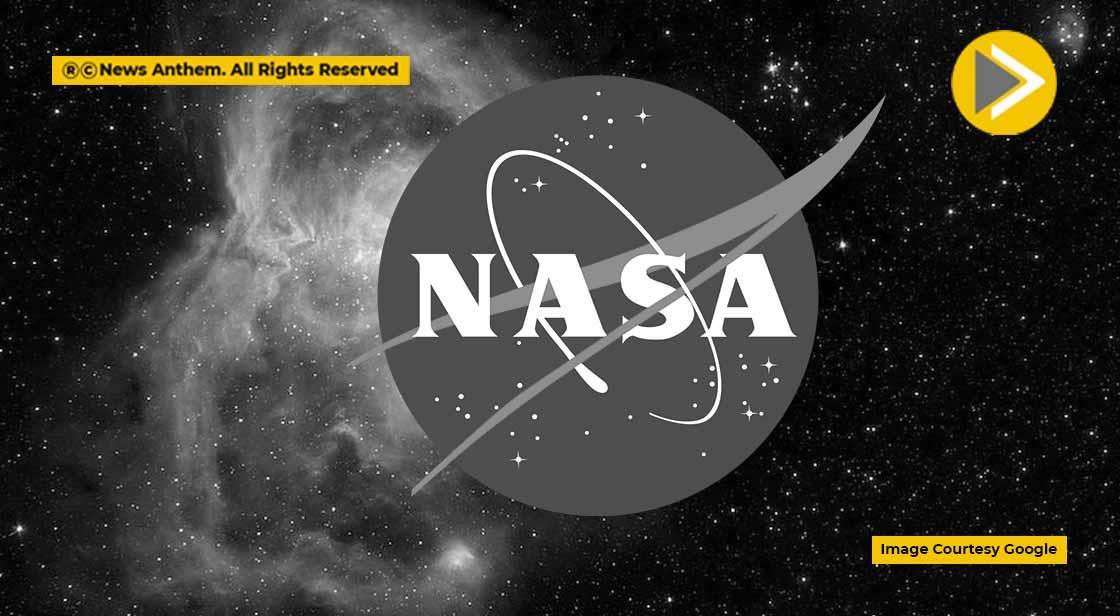NASA Leverages AI Tools to Monitor and Prevent Disasters: Here's How

News Synopsis
NASA has been leveraging artificial intelligence (AI) and open science to significantly advance disaster preparedness, response, and recovery efforts. Through its Disasters Program, the agency has developed innovative tools and datasets that aid communities and emergency responders in managing natural calamities. These technologies have proven invaluable in addressing the challenges posed by natural disasters like hurricanes, floods, and wildfires. One of the most prominent applications of NASA’s technology was during the devastating Hurricane Ida in 2021.
NASA’s Assistance During Hurricane Ida
When Hurricane Ida struck Louisiana on August 21, 2021, it became one of the most powerful storms in U.S. history. The storm caused widespread destruction, and emergency teams worked tirelessly to provide relief. NASA’s Disasters Program played a crucial role in supporting recovery efforts by providing satellite-based data. Using the Disasters Mapping Portal, NASA shared critical information with relief organizations. This data included soil moisture levels, precipitation data, vegetation changes, and power outage reports, which enabled teams to assess the extent of the damage and prioritize recovery strategies more effectively.
AI-Based Damage Assessment Tools
A key feature of NASA’s contribution was its AI-based damage assessment tool. During Hurricane Ida, AI models were used to identify blue tarps on roofs, which signified damaged structures needing urgent attention. This method had first been tested after Hurricane Maria in 2017 and has been refined over time, demonstrating significant effectiveness in providing rapid damage assessments. By quickly identifying affected areas, NASA’s AI technology allowed relief teams to focus on the most impacted regions and allocate resources efficiently.
Open Science and AI Collaboration with IBM
NASA’s commitment to open science has been a pivotal part of its disaster management efforts. In collaboration with IBM, NASA has developed open-source AI models that help process and analyze its vast satellite data archives. These models not only assist in disaster management but also have applications in various fields, such as disaster prediction, agriculture, and environmental monitoring. By making these AI tools accessible to researchers, governments, and organizations globally, NASA is enabling more effective and collaborative solutions to address climate-related challenges.
The Future of AI in Disaster Management
As climate-related disasters continue to rise in frequency and severity, NASA’s AI-powered tools are set to play an increasingly crucial role in disaster management worldwide. The agency’s AI-based solutions can offer real-time insights, assist in early warning systems, and guide response teams in the aftermath of catastrophes. The integration of satellite data and AI models into disaster management strategies is proving to be an essential tool for mitigating the impact of natural disasters and enhancing recovery efforts.
Conclusion: NASA’s Ongoing Commitment to Disaster Management
NASA’s innovative use of AI and open science represents a significant advancement in the field of disaster preparedness and response. By providing real-time, actionable data and developing AI-based tools, NASA continues to support relief efforts globally. The collaboration with IBM and the use of satellite data has laid the foundation for more efficient disaster prediction, management, and recovery strategies. As the world faces an increasing number of climate-related disasters, NASA’s continued commitment to advancing AI-powered disaster tools is crucial for building resilience in vulnerable communities worldwide.
You May Like









